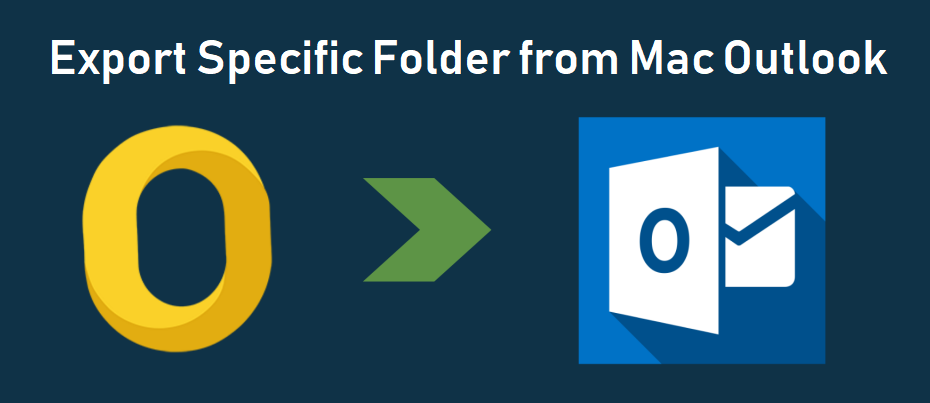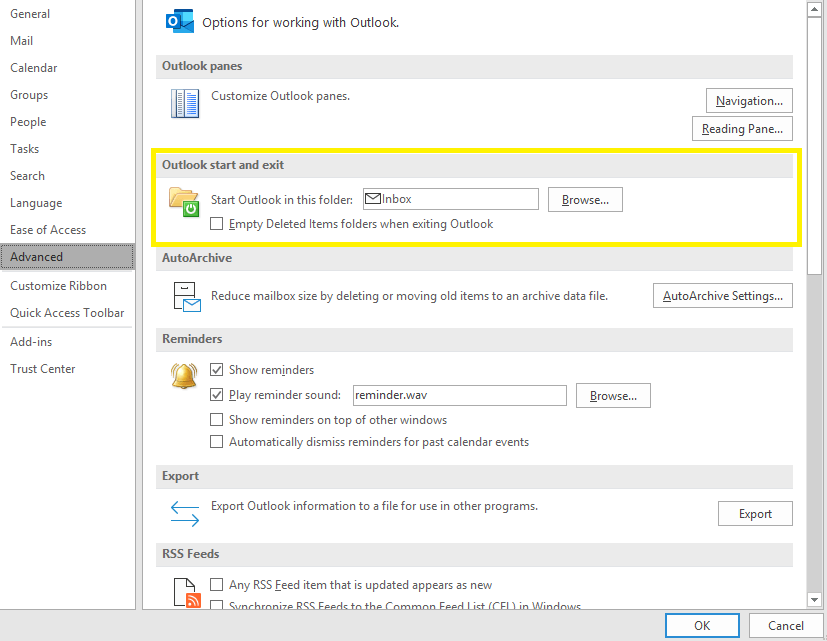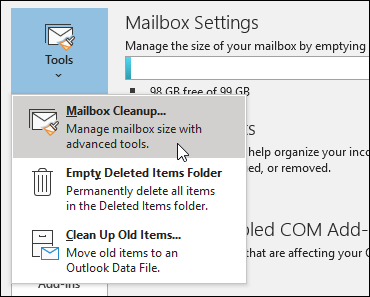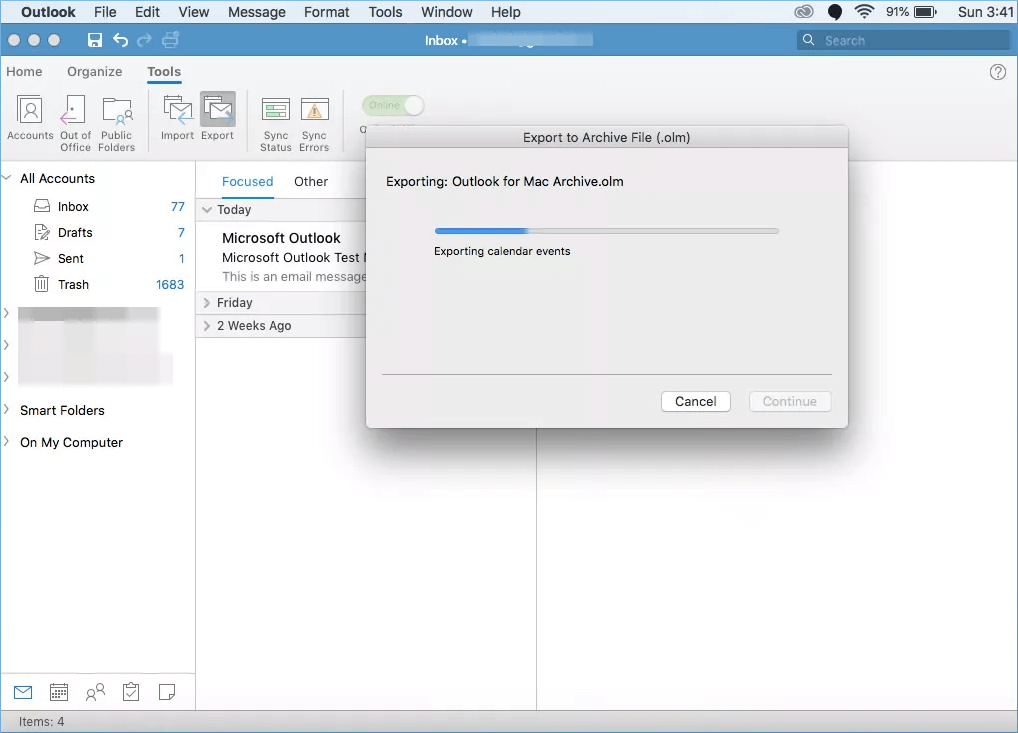

Not to say that I achieve inbox Zero every single day. There you have it - my Inbox Zero system! I’ve been using it for months and it’s been effortless so far. It’s actually a rather relaxing activity for me! I usually sit in a cafe every Saturday to sort through my email while sipping a cup of coffee. I usually check my inbox around 10am in the morning and around 3pm each day.Ĭlear my inbox to zero once a week. Meaning, I don’t check it every single minute.

In general, my habit consists of these rules:Ĭheck my inbox at set times in a day. My favourite feature of Outlook by far! Step 6: Practice healthy inbox habitsĪll the organising and structuring in the world would be useless if you don’t practice “healthy” inbox habits. Therefore, instead of physically doing it myself, these emails will be automatically filed into the relevant folder. So, I use Outlook's Rules to filter them and auto-move them to the "To Read" folder. I get emails from digests that I usually set aside to read. Love it! Step 5: Create rules to automatically file emails Therefore, I create quick step buttons to do all this at the click of a button. However, if you have an email inbox with many, many folders, you can waste precious seconds (even minutes) trying to find the folder. Sure, I can physically do this by moving the emails one by one to the folders.
View inbox folder size outlook for mac how to#
Read: How to set up quick steps in Outlook Unsure - tasks or emails that I'm unsure how to act on and need further clarification Step 4: Set up quick steps When receiving a reply (items that I can only act on once I have a reply ])Ĥ. Urgent (in 24 hours) - to solve in a dayģ. In my To Do folder, I categorise my emails into:ġ. Read this first: How to categorise emails in Outlook
View inbox folder size outlook for mac archive#
Archive - This is where my emails, divided by projects, departments and function, lie - for example: To Read - Non-actionable emails that contain content that I need to readĤ. To Do - actionable emails with tasks/instructions are filed here.ģ. Inbox - this is where emails are captured.Ģ.

Step 2: Set up Outlook to achieve maximum efficiencyġ. Try to picture it as a physical mailbox: Do you leave your mail in there and then rifle through it once in a while to read messages? No, you take the whole lot into your house and sort through them. Repeat after me: Your inbox is not your To Do list. I’ve been using it for months and it’s worked well so far: Step 1: I changed the way I think about my inbox So I had to do something about it.Īfter months of watching Youtube videos and reading blog posts, and experimenting, I finally found a system that I could use effortlessly. It was seriously, seriously affecting my work. I wasted a lot of time searching for emails.

I often missed assignments and instructions. I often lost track of what’s on my task list. What’s worse - my organisation used Gmail (corporate version) instead of Outlook, so I didn’t even know how to properly use this software. I can go on and on and on about how annoyed I am with the way corporations use email (“It’s to cover your ass,” said more than one corporate executive to me), but the fact of the matter is the deluge is here to stay and nothing’s going to change anytime soon.Īnyway, long story short - when I finally entered the corporate world, I lacked serious skills in managing an overflowing email inbox. We’ve also long accepted that email is the way beurocrats brush us off, so most of us would rather follow up physically than to wait for an email. We journalists (at least in my former newspaper organisation) prefer to march to a person’s desk and talk to people if we want to get things done. Specifically, the infamous email deluge.īelieve it or not, in my 15 years as a journalist and subeditor, I didn’t have to deal with the scary amount of emails most corporates have to. When I entered the corporate world last year, one of the most difficult things I had to grapple with was email.


 0 kommentar(er)
0 kommentar(er)
